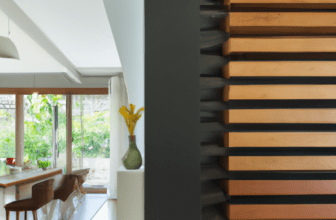A new Modern way to Design Your Living Room
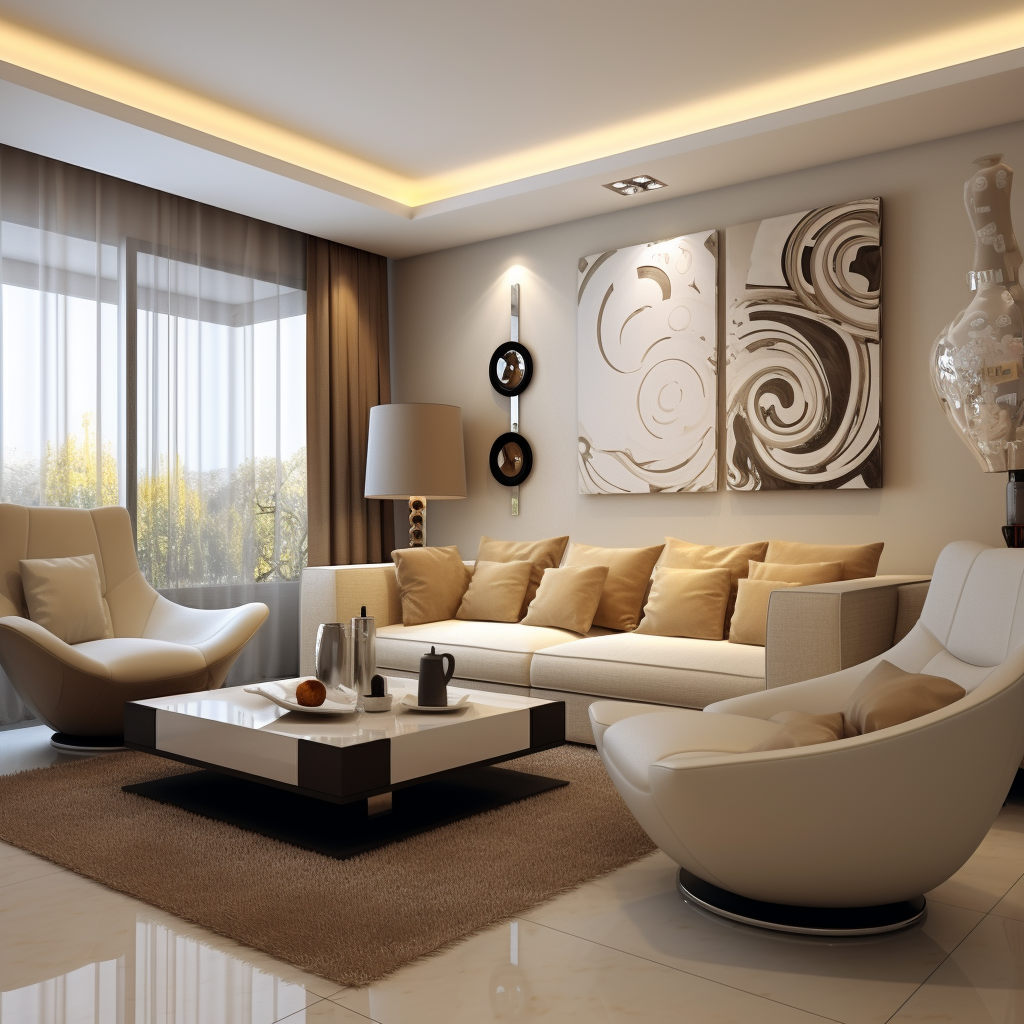
Are you tired of the same old boring living room design ideas? Do you want to create a space that reflects your unique personality and style? In this article, we will explore a world of exciting and innovative living room design ideas that will transform your space into a captivating haven.
From bold colors to eclectic furniture arrangements, get ready to unleash your creativity and discover new ways to make your living room truly one-of-a-kind.
Are you ready to take your living room from drab to fab? If so, you're in for a treat! so in this article, we will delve into the realm of stunning living room design ideas that are guaranteed to ignite your imagination and leave you inspired.
Whether you prefer sleek modern aesthetics or cozy farmhouse vibes, we've got something for everyone. Get ready to embark on a journey through breathtaking color schemes, clever storage solutions, and enchanting decor elements that will breathe new life into your living space.
The importance of a well-designed living room
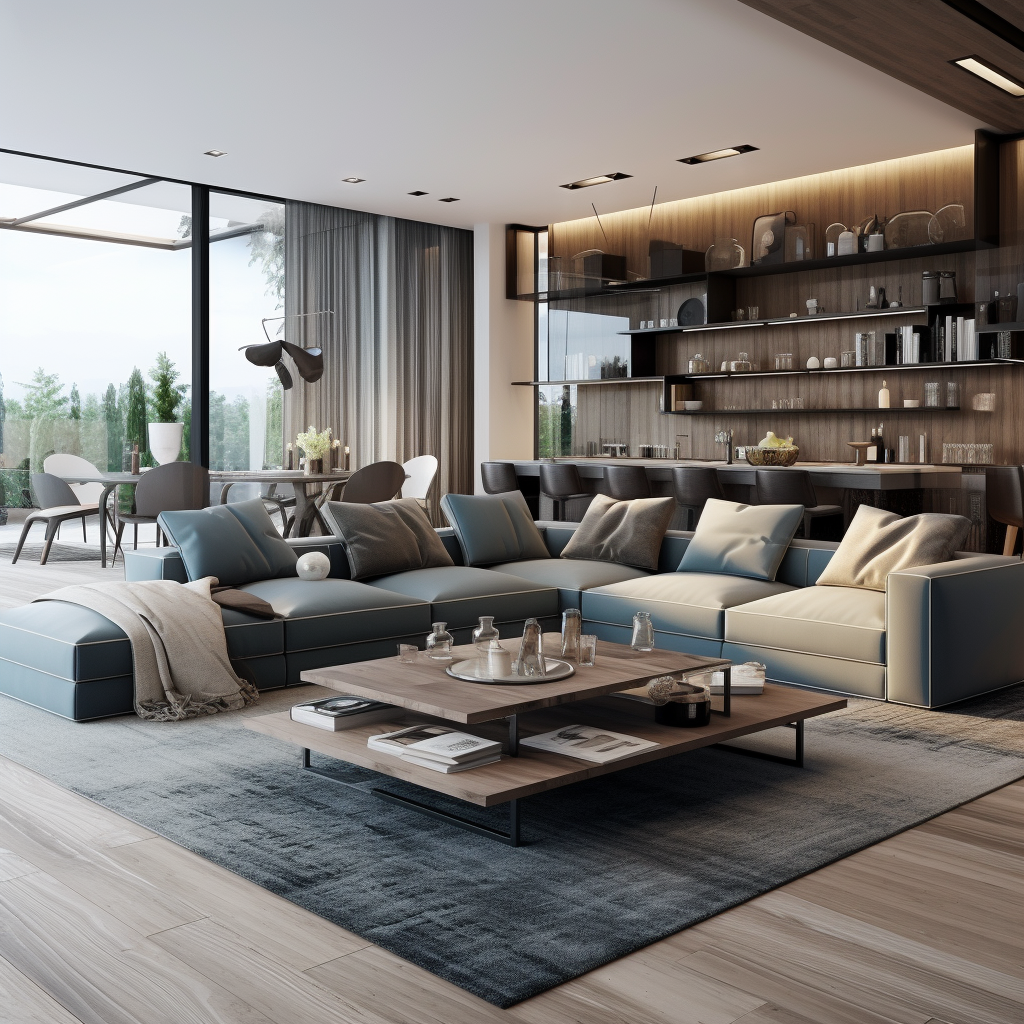
A well-designed living room plays a crucial role in creating a comfortable and inviting space for both residents and guests. It serves as a central hub for relaxation, entertainment, and socializing within the home.
A thoughtfully designed living room not only enhances the overall aesthetic appeal of the space but also improves functionality and promotes a positive atmosphere. Whether it's a cozy family gathering or hosting friends, here are some reasons why a well-designed living room is important:
1. Enhances comfort: The primary purpose of a living room is to provide comfort to its occupants. By incorporating elements such as plush seating, soft textiles, and ergonomic furniture, a well-designed living room creates an inviting environment where people can unwind and de-stress after a long day.
2. Facilitates social interaction: A well-designed living room encourages social interaction among family members and guests. By arranging furniture in a way that fosters conversation and choosing layouts that promote easy movement, you can create an atmosphere conducive to meaningful connections and bonding.
3. Reflects personal style: The design of your living room reflects your personal taste and style preferences. It is an opportunity to showcase your personality through carefully selected furniture, artwork, color schemes, and decorative accents. A well-designed living room becomes an extension of who you are, making it more enjoyable for you to spend time in.
4. Maximizes functionality: A properly planned living room maximizes functionality by optimizing the use of available space. Well-thought-out storage solutions help keep the area organized while allowing easy access to essential items like remote controls, books, or board games. Additionally, considering the placement of outlets for electronics ensures convenience when using devices such as televisions or gaming consoles.
5. Creates a welcoming ambiance: The ambiance of a living room greatly affects the mood of its occupants and sets the tone for any gathering or event hosted in this space. Thoughtful lighting choices – from natural light sources like windows to well-placed artificial lighting – can create a warm and inviting atmosphere that makes people feel comfortable and relaxed.
In conclusion, a well-designed living room is of utmost importance as it not only enhances the overall aesthetic appeal of the space but also contributes to comfort, functionality, and social interaction. By considering the needs and preferences of its occupants, a well-designed living room becomes a central hub for relaxation, entertainment, and creating lasting memories.
Choosing the right color scheme for living room design
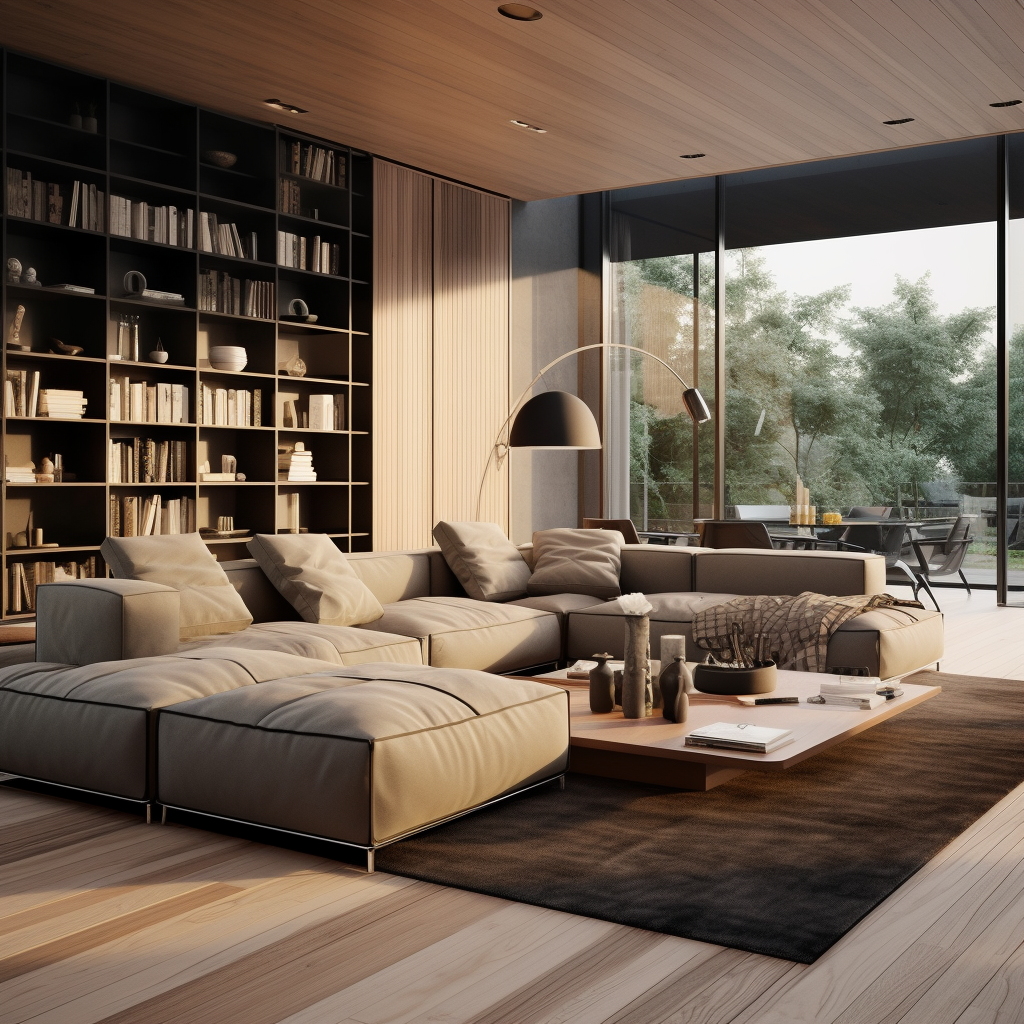
When choosing the right color scheme for your living room design ideas, it’s important to start by identifying the mood you want to create. Colors play a significant role in setting the tone of a room.
1. Choose Your Color Theme: If you’re aiming for a soothing, relaxed atmosphere, opt for neutral or cool shades like blues, greens, or grays. For a vibrant and energetic ambience, choose warm and bright colors such as oranges, yellows, or reds.
2. Consider the Size of Your Living Room: If you have a small living room, light colors can make your space look bigger and brighter. Darker hues add depth and coziness to larger rooms.
3. Evaluate Your Existing Furniture: Look at the color of your furniture pieces – sofa, coffee table, bookshelves etc., and try to select a color scheme that complements these items.
4. Think About Natural Light: Rooms with lots of natural sunlight can handle darker colors while rooms without much sunlight should stick with lighter hues to avoid feeling gloomy.
5. Test Colors Before Committing: Paint swatches on your walls or use online visualizers to see how different colors will look in your space before making a decision.
6. Use Color Wheel: A color wheel is a useful tool when choosing color schemes; complementary colors are opposite each other on the wheel and work well together but create contrast whereas analogous colors are next to each other on the wheel and create harmonious schemes.
Remember that whatever color scheme you decide on should reflect your personal style and comfort level since it’s all about creating a space where you feel most relaxed and contented.
Living Room Decoration Ideas see the video tutorial
Furniture arrangement and placement tips for living room design
1. Balance and Symmetry: In any living room design ideas, balance plays a crucial role. Arrange your furniture in such a way that it creates an environment of symmetry. For instance, if you have two sofas, position them facing each other with a coffee table in the middle for balance.
2. Functionality: Always keep functionality at top priority while arranging furniture in your living room. Make sure there is enough space for people to move around easily without bumping into things.
3. Focus on Focal Point: Every room has a focal point, whether it's a fireplace, television, or large window with a view. Arrange your furniture to face the focal point to draw attention and create interest.
4. Mixing Sizes: To prevent your room from looking monotonous, mix up different sizes of furniture pieces. Pair large items like sofas and armchairs with smaller ones like end tables and ottomans.
5. Use Rugs Wisely: Rugs are not just for decor; they can also help define areas within your living room. Place your main seating area on a large rug and make sure all furniture fits onto it to create cohesion.
6. Consider Traffic Flow: Ensure there's plenty of clear pathways for traffic flow when arranging your furniture so people can easily navigate through the space without obstacles.
7. Layer Lighting: Light is another essential element in any living room design besides furniture arrangement. Incorporate multiple light sources at different levels to highlight various areas in the room.
8. Use Vertical Space: If you're short on floor space, take advantage of vertical space by adding tall bookshelves or wall-mounted units to store books, decor pieces and more.
9. Don't Overcrowd: It's important not to overcrowd your living room with too much furniture as this will make the space appear smaller than it is and restrict movement.
10. Experiment With Angles: Don't feel obligated to align all your furniture along the walls. Experiment with different angles for a more dynamic and interesting layout.
Incorporating functional storage solutions for living room design
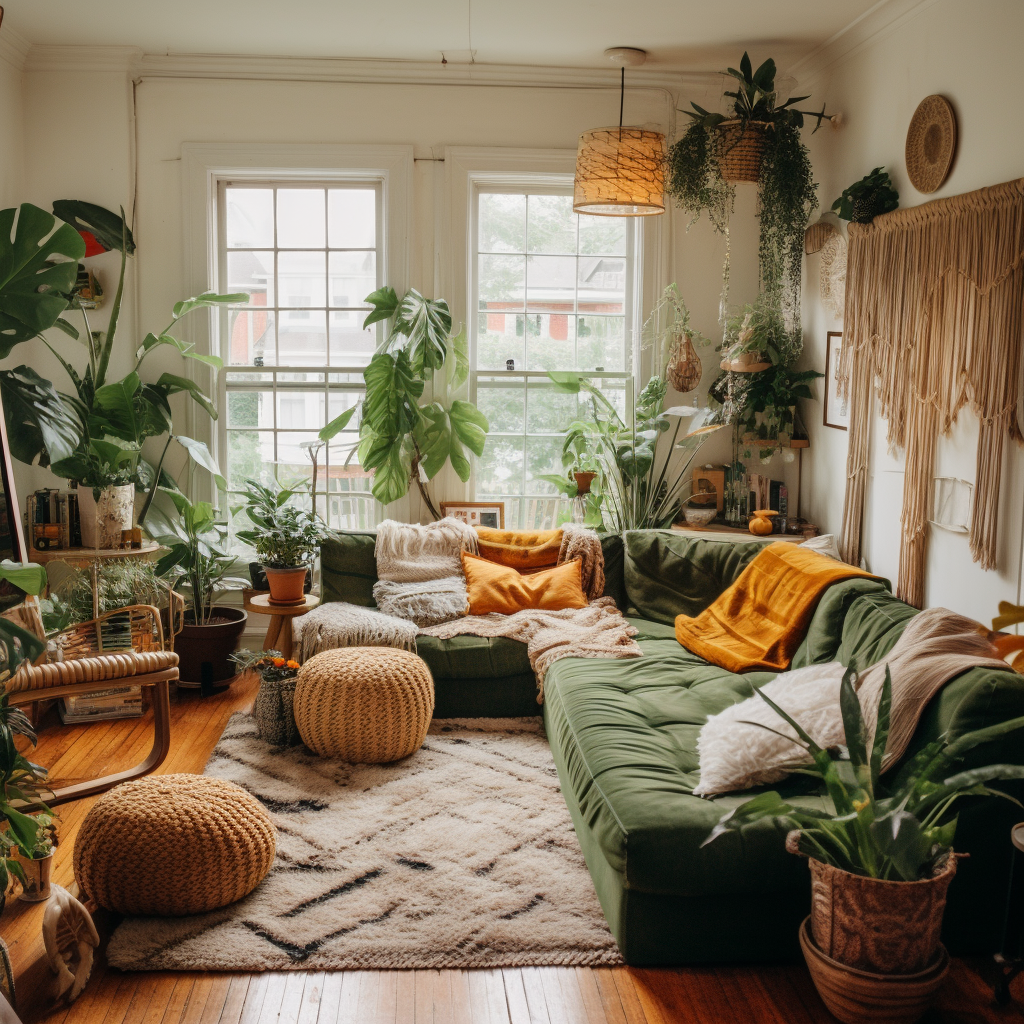
When it comes to designing a living room, functional storage solutions are key in order to keep the space organized and clutter-free. Having ample storage not only helps in keeping things tidy but also adds to the overall aesthetics of the room. Here are some ideas on how to incorporate functional storage solutions into your living room design.
1. Built-in Shelving: Consider installing built-in shelves along one wall of your living room. These shelves can be used to display books, decorative items, or even store media equipment like DVDs and CDs. To make the shelves more visually appealing, use different-sized compartments and add some decorative baskets or boxes for additional storage options.
2. Coffee Table with Storage: Opt for a coffee table that doubles as a storage solution. Look for a design that features drawers or lift-top compartments where you can stow away remotes, magazines, and other small items that tend to clutter the space.
3. Wall-Mounted Cabinets: If floor space is limited, consider adding wall-mounted cabinets or floating shelves above your seating area. This will provide extra storage without taking up valuable floor space. Use these cabinets to store board games, photo albums, or any other items that you want to keep within reach but out of sight.
4. Ottoman with Hidden Storage: Invest in an ottoman that opens up to reveal hidden storage inside. This versatile piece of furniture not only provides a comfortable place to rest your feet but also offers ample space for storing blankets, pillows, and other living room essentials.
5. Entertainment Center with Closed Cabinets: Instead of opting for an open TV stand or media console, choose an entertainment center with closed cabinets. This will allow you to hide away electronics like gaming consoles and cables when they're not in use, resulting in a cleaner and more organized living room.
6. Wall Hooks and Racks: Install hooks or racks on the walls near the entrance of your living room for hanging coats, hats, and bags. This will help to keep these items off the floor and provide a designated spot for them.
Remember, when incorporating storage solutions into your living room design, it's important to strike a balance between functionality and aesthetics. Choose pieces that not only serve their purpose but also complement the overall style of your living room. With the right storage solutions in place, you can create a beautiful and clutter-free space that is both practical and visually appealing.
Adding personality with accessories and decor for living room design
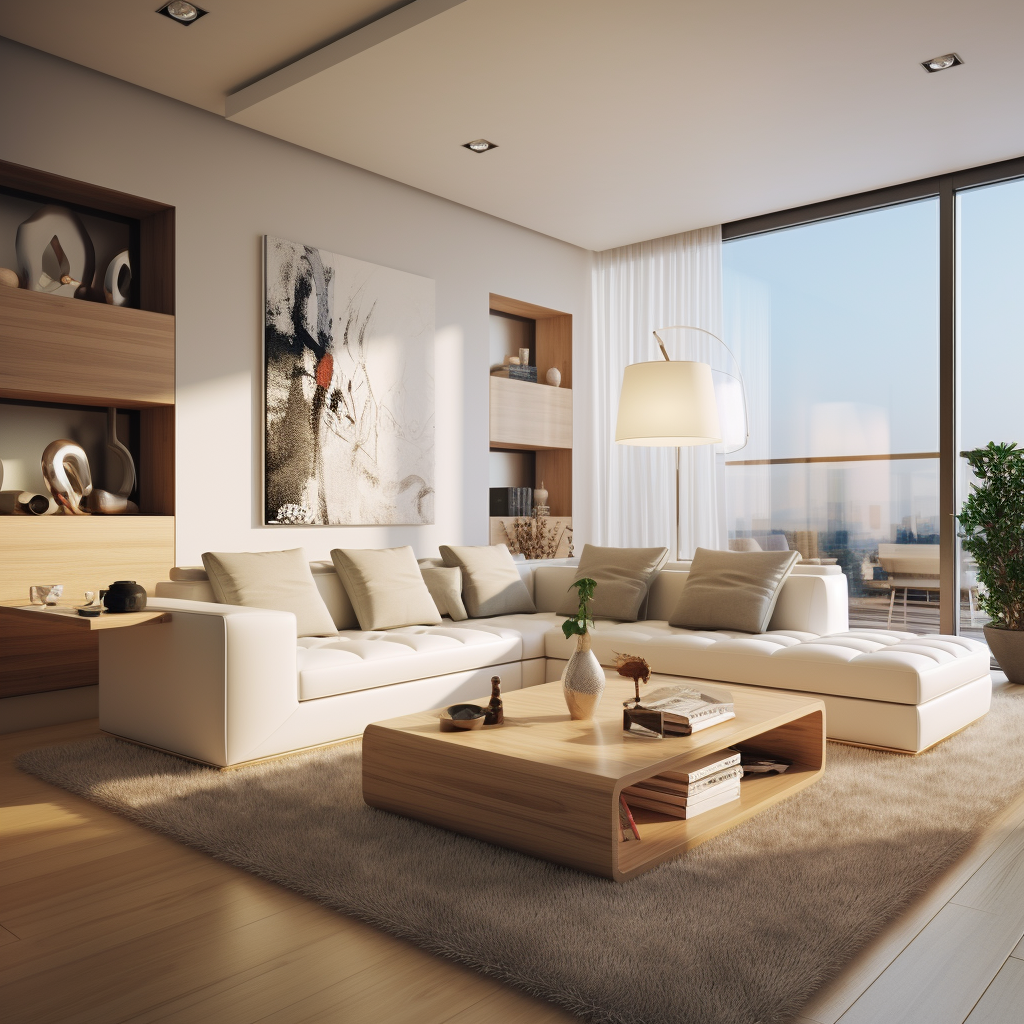
When it comes to designing your living room, adding personality with accessories and decor is key. Accessories and decor can help create a unique and inviting space that reflects your personal style. Here are some tips on how to incorporate these elements into your living room design:
1. Choose a theme or color palette: Start by selecting a theme or color palette that resonates with you. This will serve as the foundation for your accessory and decor choices. Whether you prefer a modern, rustic, bohemian, or minimalist look, having a clear theme in mind will help guide your decision-making process.
2. Mix textures: To add depth and visual interest to your living room, mix different textures in your accessories and decor. For example, pair a velvet throw pillow with a woven blanket or place a glossy ceramic vase next to a rough-hewn wooden shelf. Mixing textures will give the space an eclectic and personalized feel.
3. Display personal mementos: Showcase items that hold sentimental value or represent important moments in your life. These could include family photos, travel souvenirs, heirlooms, or artwork created by loved ones. Incorporating these personal mementos adds character to the space and creates conversation starters.
4. Add plants and greenery: Bring life into your living room by incorporating indoor plants and greenery. Not only do they add a touch of nature but they also improve air quality and create a calming atmosphere.
5. Play with patterns: Don't be afraid to mix patterns in your accessory choices such as pillows, rugs, curtains, or wallpaper if applicable. Combining different patterns can add visual interest and create a dynamic look in the room.
6. Consider lighting options: Lighting plays an essential role in setting the mood of any space. Incorporate different types of lighting fixtures such as floor lamps, table lamps, pendant lights, or wall sconces to create various levels of light throughout the room.
7. Layer rugs and textiles: Layering rugs and textiles is a simple yet effective way to add warmth and texture to your living room. Place a larger area rug as the base, then layer it with a smaller, patterned rug or a faux fur throw. Mix and match different fabrics and textures for an inviting and cozy atmosphere.
Remember, the key to adding personality with accessories and decor is to choose items that truly resonate with you. By incorporating elements that reflect your personal taste and interests, you'll create a living room that feels like home.
Creating a cozy and inviting atmosphere for living room
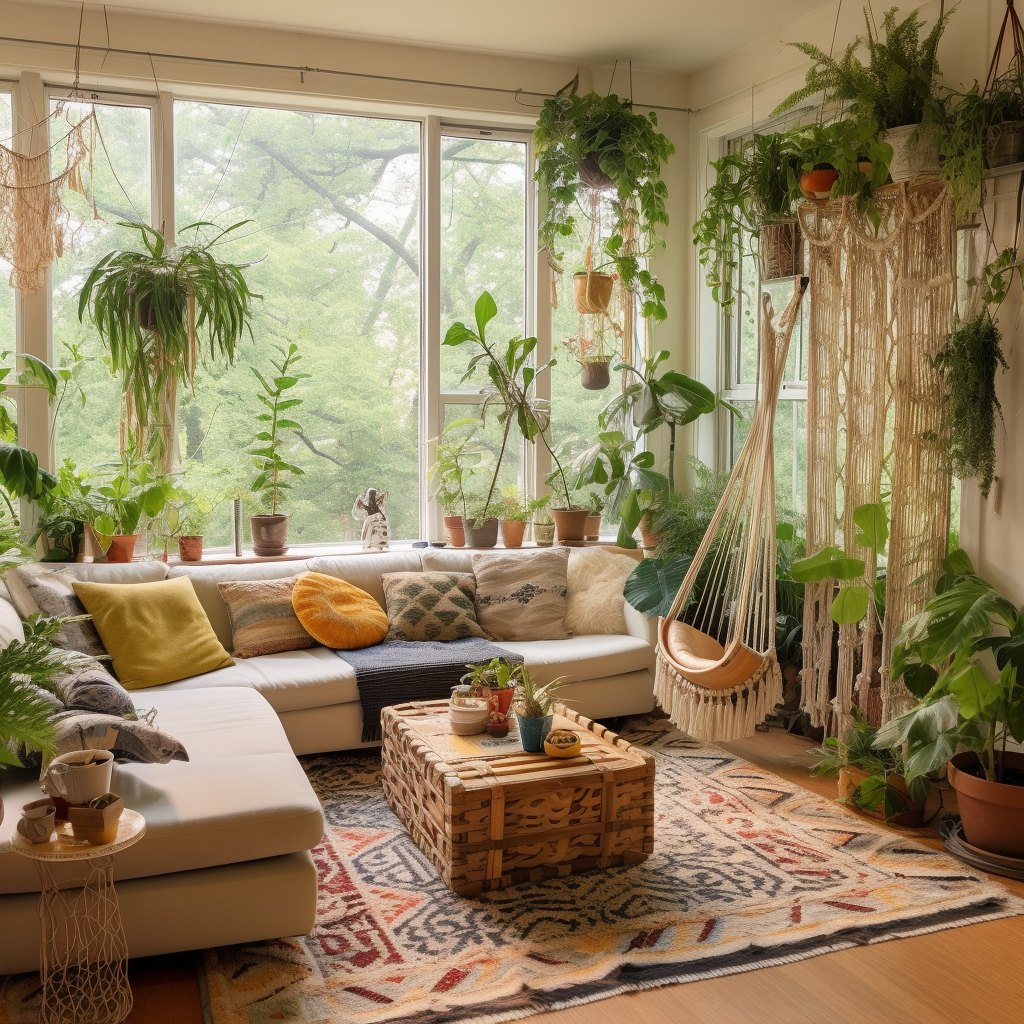
When it comes to creating a cozy and inviting atmosphere for your living room design, there are several key elements to consider. Here are some tips to help you achieve the desired ambiance:
1. Soft Lighting: Opt for warm, soft lighting instead of harsh overhead lights. Use table lamps, floor lamps, and wall sconces to create a gentle glow throughout the space. Consider incorporating dimmer switches to adjust the intensity of the light as needed.
2. Comfortable Seating: Invest in plush and comfortable seating options such as sofas, armchairs, or oversized bean bags. Choose upholstery materials that are soft to the touch and provide ample cushioning for relaxation.
3. Warm Colors: Select warm color tones for your walls, furniture, and decor. Earthy hues like beige, cream, taupe, or muted shades of yellow can create a cozy and inviting feel. You can also add pops of color through throw pillows or artwork.
4. Textures and Layers: Incorporate various textures into your living room design to add depth and visual interest. Use cozy throws, fluffy rugs, knitted cushions, or velvet curtains to create a tactile experience that invites people to curl up and relax.
5. Natural Elements: Bring in elements from nature such as plants, flowers, or wooden accents to create a calming environment. Greenery not only adds freshness but also contributes to better air quality.
6. Personal Touches: Display personal items like family photos or sentimental objects that evoke positive memories. This will make the space feel more welcoming and reflective of your personality.
7. Entertainment Center: Designate an area for entertainment with a TV stand or media console that fits seamlessly into the overall aesthetic of the room. Arrange books, movies, or board games neatly on shelves for easy access.
8. Cozy Fireplace: If you have a fireplace in your living room or have space for an electric one, utilize it as a focal point. Arrange comfortable seating around it to create a cozy gathering spot during colder months.
Remember, the key to achieving a cozy and inviting living room design is to create an environment that makes you and your guests feel relaxed and at ease. Take into account your personal preferences and lifestyle when making design choices, and don't be afraid to experiment until you find the perfect balance.
Conclusion: Bringing your living room design to life
Bringing your living room design ideas to life is an exciting process that allows you to transform your space into a comfortable and stylish sanctuary. With careful planning and attention to detail, you can create a living room that reflects your personal taste and meets your functional needs.
One important aspect of bringing your living room design ideas to life is selecting the right color scheme. Consider the overall mood you want to create in the room – do you prefer a calm and serene atmosphere or a vibrant and energetic one? Choose colors that align with your desired ambiance and also complement each other well. Remember to take into account the natural light in the room, as it can affect how colors appear.
Furniture selection is another crucial factor in creating a cohesive living room design. Think about the size of your space and choose furniture pieces that fit appropriately without making the room feel cramped or empty. Consider functionality as well – opt for pieces that offer storage solutions or have multi-purpose uses if you're working with limited space.
Incorporating different textures and patterns can add depth and visual interest to your living room design. Experiment with mixing fabrics such as velvet, linen, or leather, and don't be afraid to play with patterns like stripes, florals, or geometric shapes. Just remember to keep everything balanced so it doesn't overwhelm the space.
Lighting is key in setting the mood of your living room. Combine different types of lighting fixtures, such as overhead lights, floor lamps, table lamps, and even candles, to create layers of illumination. This will not only provide practical lighting but also add warmth and ambiance.
Accessories are the finishing touches that bring personality to your living room design. Select artwork, decorative pillows, rugs, curtains, and other accessories that reflect your style and tie all elements together harmoniously. Be mindful not to overcrowd the space – let each piece stand out individually while still contributing to the overall aesthetic.
Lastly, don't forget the importance of functionality and comfort. Consider the layout of your living room, ensuring that seating arrangements are conducive to conversation and relaxation. Create designated areas for different activities, such as reading, watching TV, or socializing.
In conclusion, bringing your living room design ideas to life requires careful consideration of color schemes, furniture selection, textures, lighting, accessories, and functionality. By paying attention to these elements and infusing your personal style into the design process, you can create a living room that is both visually appealing and functional for you and your family to enjoy.




